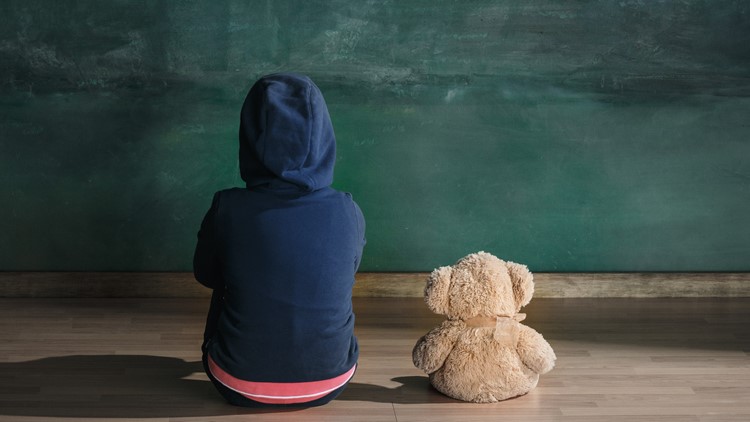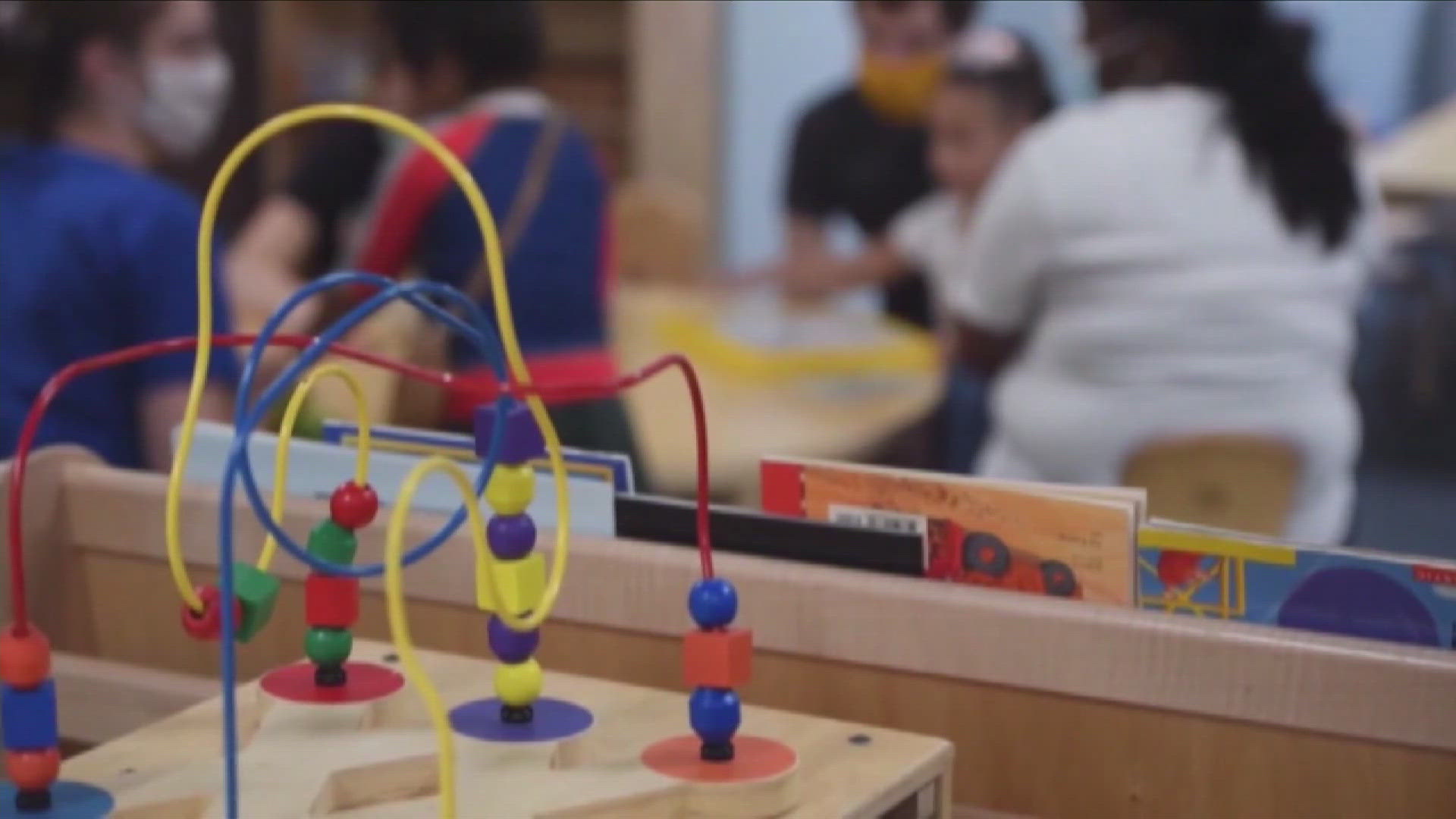MEMPHIS, Tenn. — The Tennessee Commission on Children and Youth released its annual State of the Child 2023 report, looking at the well-being of children in the state. Among the data, the report said that under-18 crime has actually declined in Shelby County over the last decade.
“Our state does better when all children have access to the resources, supports and services they need to thrive. We hope this report can serve as a guidebook for where we as a state are getting things right and where we can focus our investment and attention to improve outcomes” said Richard Kennedy, executive director of the Tennessee Commission on Children and Youth.
Crimes and youth
The report said from 2012-2022, Shelby, Davidson, and Hamilton all saw a decrease in the crime rate for youth under age 18. It said Shelby and Davidson were in the Top 10 counties for the largest declines.
The agency said children are more likely to be a victim of a gun crime “than to perpetrate one.”
In 2022:
- 1,561 gun crimes with offenders under age 18
- 4,490 gun crimes with victims under age 18.
The report said over the last decade, the youth crime rate dropped:
- 2012: 24.7 per 1,000
- 2022: 20.1 per 1,000
Children and poverty
According to the report, 17.6% of children in Tennessee lived below the federal poverty line in 2022. The national poverty line for children is at 16.3%. They said the poverty rate for those under age 5 increased to one in five in the state in 2022 from 2021, though that was still lower than some previous years.
When it comes to meeting household needs, the report said 40% reported finding it “somewhat or very difficult to pay for usual household expenses in the last week.” This as the weekly wage in the state from 2019 and 2023 increased by 27%, or about $268 per week. One in six households are behind on rent, and one in three reported not meeting basic needs to pay an energy bill.
Children and hunger
The report said that food insecurity varied among the counties in 2021, from 0.0% in Williamson County to 26.3% in Haywood County. In 2022 to 2023, 91% pf school eligible to provide free meals to children through the Community Eligibility Program took part. During that same time, 270 schools has a produce garden of their own.
Children and medical needs
More than half of Tennessee children are insured by TennCare. The report said in 2023, 5.3% of children were uninsured in the state, two-thirds of whom were financially eligible for TennCare or CoverKids.
The report said 89% of children in the state are in excellent or good health. And about 81% of children living below the poverty line are in excellent or good health.
Children and mental health
The report said teens continue to suffer from mental health challenges in the state. In the last year, 53% of high school girls and 30% of high school boys reported feeling sad or hopeless daily for two or more weeks – a 63% increase since 2011.
According to the report, since 2017, suicidal ideation has increased among high school students. More than one in five students reported considering suicide in 2021, and more than one in six made a plan. One in seven attempted suicide. Tennessee ranked in the top 20 states for suicides for ages 9 to 17 in 2021, and in the top 10 for suicides with firearms for those same ages.
Alcohol use for high school students has declined, from 33% in 2011 to 22% in 2021.
Children and abuse, foster care
Tennessee rates as the fourth-lowest in the country for first-time child victims of abuse in 2021, with 3,962. For first-time and recurring abuse, Tennessee ranks 15th in the nation.
The report said for foster care in 2021, one in four children entered foster care after a prior episode. Of those, half were re-entering after less than a year.
For fosters in 2023, 369 children accepted Extension of Foster Care Services, the second largest number of youth ever served.
The report provides a comprehensive review of available data on child well-being in economics, child care and early education, education, health, mental health, the child opportunity index, child welfare and youth justice.



